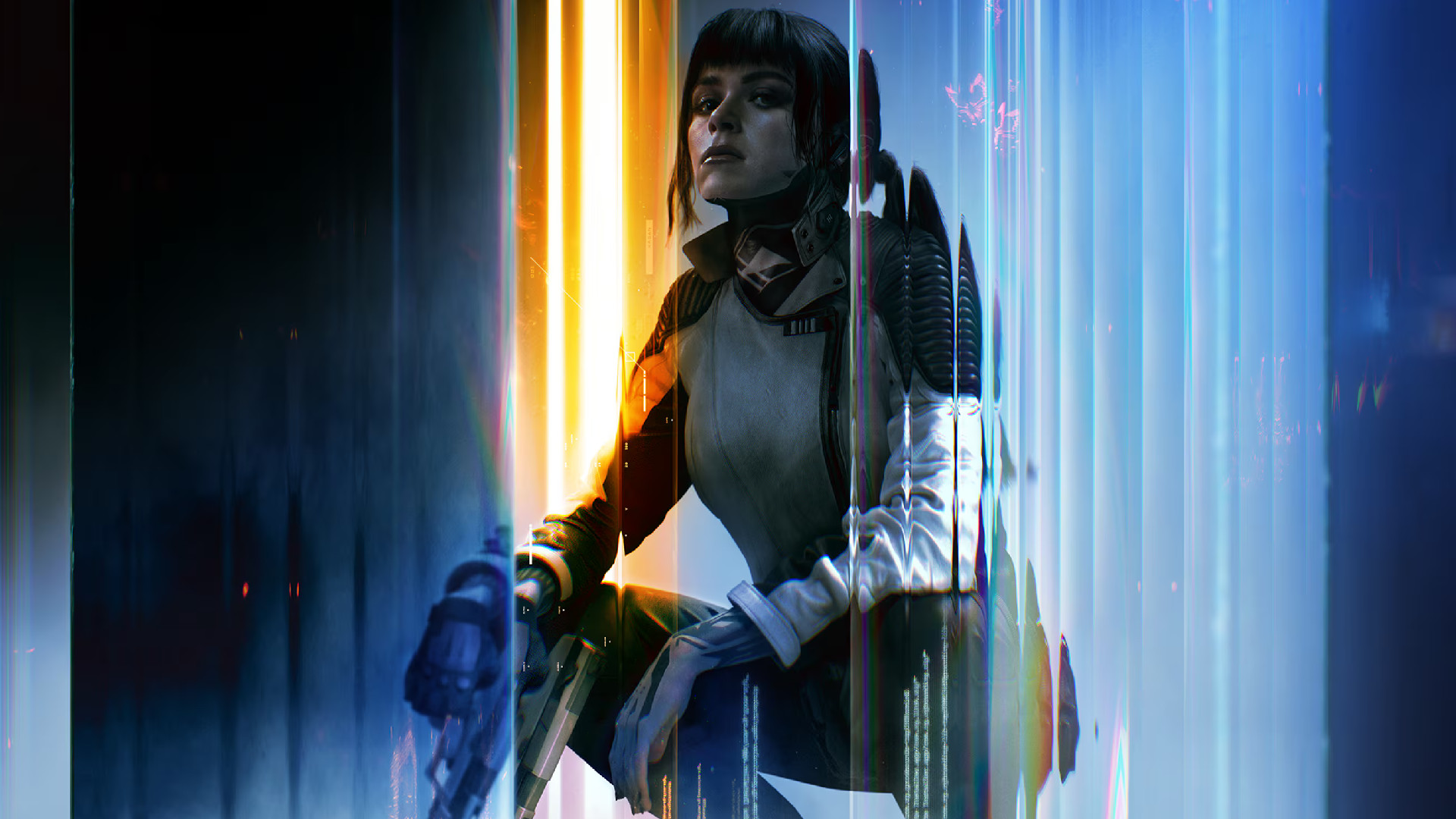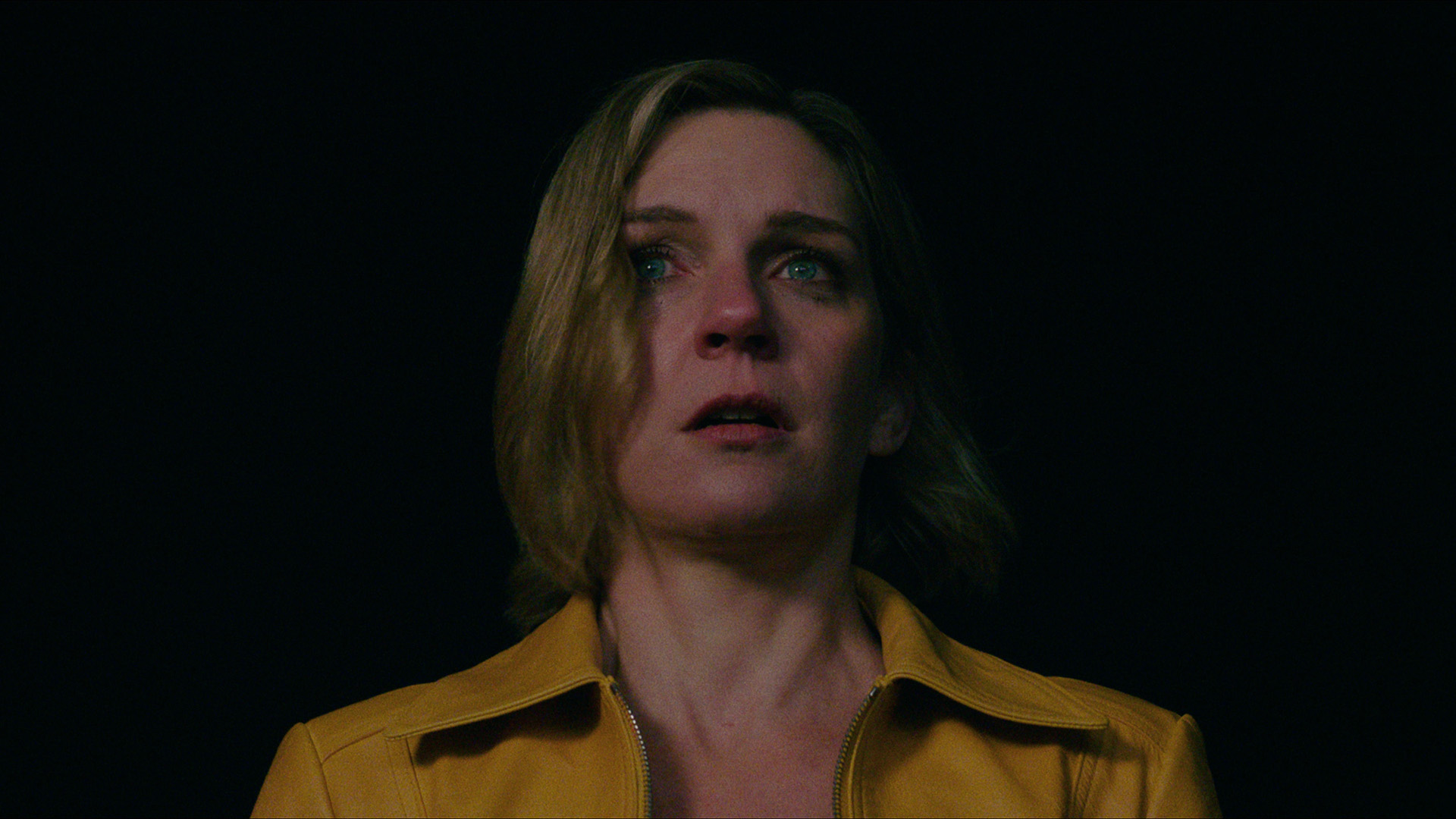Shadow of Mordor's Nemesis system is amazing--here's how it works
Thrak Pot-Licker. That stupid, ugly, idiotic idiot orc must die. Why? Because he's killed me three times in a row--and I'm a sore loser. Thing is, Thrak's not some pre-made bad guy in Middle Earth: Shadow of Mordor. You'll never encounter him when you play the game yourself because he's a villain of my own making. Not so long ago he was just a regular grunt whose name inspired no fear or burning desire for revenge. He was one orc in an army of thousands of orcs, and he just happened to land the killing blow on me once I got a little… overconfident in my abilities. Because of that, he was promoted--at which point I, and all his orc friends, came to know his name.

This is all thanks to Shadow of Mordor's 'Nemesis' system, a genuinely refreshing feature that gives any run-of-the-mill enemy a shot at super-villain status. But there's much more at play here than bad guys simply getting promoted and becoming sub-bosses. Orc society, as it turns out, is built on the unstable foundation of backstabbing, manipulation, and in-fighting, all of which is present in Sauron's Army (the in-game name for the Nemesis system). You won't be the only one fighting these powerful orcs--they'll also challenge each other to a duel to the death in hope of rising through the ranks. And every time one of these powerful orcs dies, a new one steps up to fill the vacant spot. Meaning: you'll always have your hands full. So how does it all work?
Any orc enemy in the game--whether it wields a crossbow, spear and shield, an axe, whatever--has a chance to become a named villain within Sauron's Army. And once they've done so, they can move up through the ranks to become more powerful. Think of the Nemesis system as a sort of chess board. When you open its menu in-game, you get a top-down view of who the biggest, baddest orcs are. Newer recruits are like pawns; they're super weak. But once an orc reaches Captain status--or becomes a War Chief, the queens in this particular game of chess--it gains all sorts of benefits that make it harder to kill (more on that later).

OK, how does an orc become a member of Sauron's Army? Just ask my pal Thrak Pot-Licker. All the bastard did was strike me down. See, because Talion (you) is linked to a wraith, he can never really die. So when you're defeated in combat, whichever orc landed the killing blow is rewarded for its efforts with a promotion. Orcs you've never seen will also join the army as spots are made vacant from in-fighting. Alternatively, you may light an orc on fire just for fun, or shoot one with a few arrows as it flees and decide it's not worth pursuing. These, too, may get promoted merely for surviving the encounter--and they'll retain all the burn / arrow scars you left 'em, as evidenced by a powerful War Chief in my particular demo: Humgrat the Unkillable, a horribly disfigured orc who is deathly afraid of fire. Not a joke--it's his primary weakness.
The cool thing is, he's afraid of it (and also disfigured) because I set him on fire the first time I met him. Rude, yes, but it's awesome that that encounter developed his character, both physically and mentally. In fact, every orc in Sauron's Army has a few weaknesses (vulnerability to stealth attacks, arrows to the head, etc.) and strengths (usually in the form of bodyguards or immunity to certain types of attacks). As I unfortunately learned during my third encounter with Thrak Pot-Licker, some even have hate triggers that--when activated--make them more powerful. Thrak, for example, hates losing a fight, so any time I whittle his health down to a certain threshold, the asshat enrages, gaining additional attack power and regenerating some HP.

However, you don't automatically get to know every orc's strengths and weaknesses. The only way to learn these traits is by gathering intel. There's always the guns-blazing method of facing an orc leader in a battle to the death and figuring out how best to kill it on-the-fly. But these battles are hard:knowing how to defeat an enemy is almost a necessity. An easier way to obtain that info is to hunt down a lowly orc in Sauron's Army and use your badass wraith abilities to enter its mind and gather intel on one of the higher-ups that orc knows. A pretty neat tactic, but intel-gathering merely scratches the surface of the cool things you can do with wraith magic.
Which brings me to one of the late-game objectives of the whole Nemesis system: turning your enemies against one another. Late in the game, you'll gain the ability to brand orcs--meaning, you influence them with your wraith skillz so hard that they permanently join your team. As you start branding lowly orcs (who are far more susceptible to it than the more powerful leaders) in Sauron's Army, they become moles that do your bidding. From there, you can command them to supplant leaders through betrayal. Or, you can have orcs under your command join you in a fight to even the odds against a particularly challenging enemy--an enemy like Thrak Pot-Licker, whose head I finally removed with my sword once a couple of dozen branded orcs helped me take out his mini-army.
Weekly digests, tales from the communities you love, and more

Shadow of Mordor's Nemesis system is truly exciting; Thrak was only one of the self-made villains I encountered, many of whom--not all, but most--were created because of something I had done. The result? Shadow of Mordor's villains aren't hit-or-miss characters that are forced upon you. More often than not, they're the embodiment of memorable encounters; facing them down almost always feels personal.

Ryan was once the Executive Editor of GamesRadar, before moving into the world of games development. He worked as a Brand Manager at EA, and then at Bethesda Softworks, before moving to 2K. He briefly went back to EA and is now the Director of Global Marketing Strategy at 2K.


